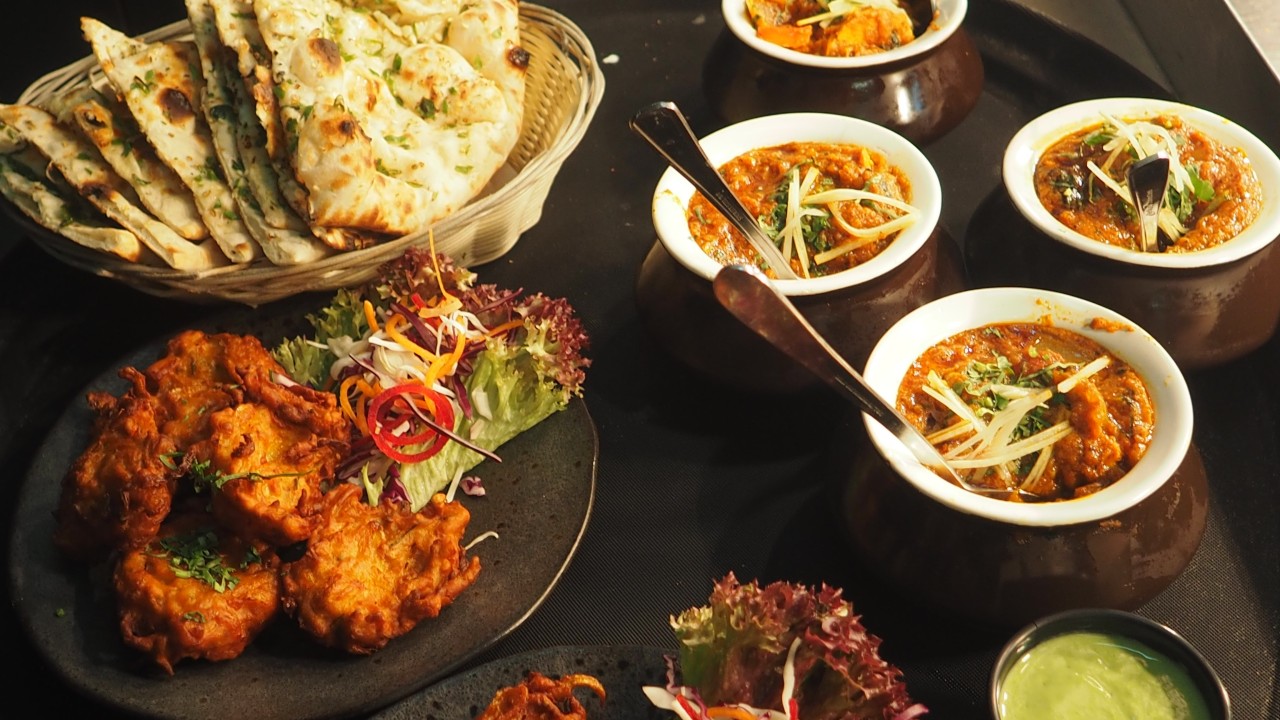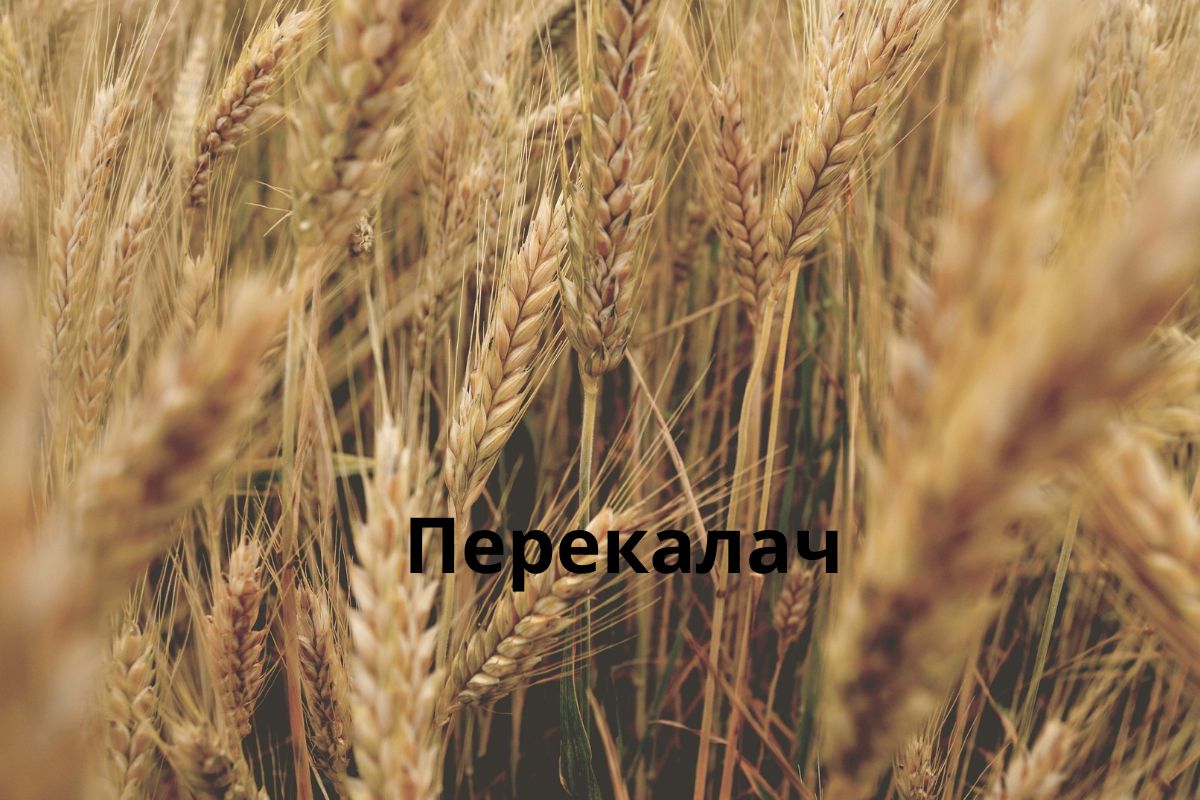In the realm of culinary exploration, few dishes encapsulate the essence of global fusion quite like Tamisie. Originating from the crossroads of diverse culinary traditions, Tamisie has evolved into a beloved dish that blends flavors from various cultures into a harmonious whole. This article delves into the origins, ingredients, preparation methods, and cultural significance of Tamisie, offering a deeper understanding of how this dish has captured the palates and imaginations of people worldwide.
Origins and Evolution
Tamisie traces its roots to the bustling markets and vibrant kitchens where cultures converge. The dish’s name itself hints at its multicultural origins, drawing from the fusion of words and ingredients. While its precise origin is difficult to pinpoint, Tamisie is often associated with coastal regions where trade routes facilitated the exchange of spices, ingredients, and culinary techniques.
Historically, Tamisie likely emerged as a result of cultural exchange between Asian, Mediterranean, and African communities. The use of aromatic spices like cinnamon, cumin, and turmeric suggests influences from Indian and Middle Eastern cuisines. Meanwhile, the inclusion of seafood such as shrimp or fish reflects the maritime traditions of coastal communities.
Over centuries, Tamisie has adapted and evolved in response to changing tastes, ingredients availability, and cultural interactions. Its versatility has allowed it to transcend geographical boundaries, making it a staple not only in its region of origin but also in global culinary landscapes.
Ingredients: A Symphony of Flavors
The beauty of Tamisie lies in its diverse yet harmonious ingredients. At its core, Tamisie typically includes a base of rice or couscous, providing a neutral canvas for the rich flavors that follow. Key components often include:
- Spices: Cinnamon, cumin, turmeric, paprika, and ginger lend warmth and depth to the dish, creating a complex flavor profile that is both comforting and aromatic.
- Proteins: Seafood such as shrimp, fish, or squid are common additions, showcasing Tamisie’s coastal influences. Alternatively, chicken or lamb may be used, reflecting inland culinary traditions.
- Vegetables: Bell peppers, tomatoes, onions, and garlic form the aromatic backbone of Tamisie, contributing sweetness, acidity, and texture to the dish.
- Nuts and Dried Fruits: Almonds, raisins, and apricots add a delightful contrast of textures and a hint of sweetness, balancing the savory elements of the dish.
- Fresh Herbs: Parsley, cilantro, or mint are often used as garnishes, providing freshness and brightness to the finished dish.
Preparation Methods
The preparation of Tamisie is as varied as its ingredients, reflecting regional preferences and household traditions. However, certain cooking techniques are fundamental to achieving its signature flavors:
- Layered Cooking: Tamisie is often prepared in layers, with ingredients added sequentially to build depth of flavor. Spices are toasted to release their oils, vegetables are sautéed until tender, and proteins are cooked to perfection before being combined with the base of rice or couscous.
- Slow Cooking: Many variations of Tamisie benefit from slow cooking methods, allowing flavors to meld together over time. This technique results in a dish that is richly flavored and satisfyingly tender.
- Balancing Sweet and Savory: The inclusion of dried fruits and nuts alongside savory ingredients creates a delicate balance of sweet and savory flavors, a hallmark of Tamisie’s culinary appeal.
- Cultural Adaptations: Depending on the region, Tamisie may incorporate local ingredients or cooking techniques, further enriching its diversity and adaptability.
Cultural Significance
Beyond its gastronomic appeal, Tamisie holds cultural significance as a dish that celebrates diversity and unity. In regions where it is cherished, Tamisie is often prepared during festive occasions, family gatherings, and religious celebrations, symbolizing hospitality and communal sharing.
Moreover, Tamisie serves as a testament to the interconnectedness of global culinary traditions. Its evolution over centuries reflects the shared histories and interactions of diverse cultures, illustrating how food can transcend borders and bring people together.
Global Influence and Contemporary Variations
In today’s interconnected world, Tamisie has found its way onto restaurant menus and home kitchens far beyond its region of origin. Chefs and home cooks alike experiment with the dish, incorporating local ingredients and innovative techniques while staying true to its core flavors.
Contemporary variations of Tamisie may include vegetarian or vegan adaptations, showcasing a growing awareness of dietary preferences and environmental sustainability. Additionally, fusion interpretations may blend Tamisie’s traditional elements with modern culinary trends, offering diners a taste of the past with a contemporary twist.
Conclusion
Tamisie exemplifies the beauty of culinary fusion, bringing together diverse ingredients and cooking techniques to create a dish that transcends cultural boundaries. Its evolution over time reflects the dynamic nature of food and its ability to adapt while retaining its essence. Whether enjoyed in its traditional form or through innovative interpretations, Tamisie continues to captivate food enthusiasts worldwide with its rich flavors and cultural resonance.
As we continue to explore the world through food, dishes like Tamisie remind us of the shared human experience and the power of culinary traditions to connect us all. So, the next time you savor a bowl of Tamisie, remember the centuries of history and cultural exchange that have contributed to its creation—a dish that truly embodies the spirit of global fusion.
FAQs
Q: What is Tamisie? A: Tamisie is a globally inspired dish that blends flavors from various culinary traditions. It typically consists of a base of rice or couscous, combined with spices like cinnamon, cumin, and turmeric, proteins such as seafood or meat, vegetables, nuts, dried fruits, and fresh herbs.
Q: Where does Tamisie originate from? A: The exact origins of Tamisie are unclear, but it is believed to have emerged from coastal regions where diverse cultures intersected, such as areas influenced by Mediterranean, Middle Eastern, and Indian culinary traditions.
Q: What are the key ingredients in Tamisie? A: The key ingredients in Tamisie include aromatic spices (cinnamon, cumin, turmeric, etc.), proteins (seafood like shrimp or fish, and sometimes chicken or lamb), vegetables (bell peppers, tomatoes, onions, garlic), nuts (almonds), dried fruits (raisins, apricots), and fresh herbs (parsley, cilantro, mint).
Q: How is Tamisie prepared? A: Tamisie is typically prepared by layering ingredients to build flavor. Spices are toasted to release their aromas, vegetables are sautéed until tender, proteins are cooked separately and added to the base of rice or couscous. Slow cooking methods are often used to allow flavors to meld together.
Q: What is the cultural significance of Tamisie? A: Tamisie holds cultural significance as a dish that celebrates diversity and unity. It is often prepared during festive occasions and gatherings, symbolizing hospitality and communal sharing. Its evolution over time reflects the interconnectedness of global culinary traditions.
Q: Can Tamisie be adapted to dietary preferences? A: Yes, Tamisie can be adapted to various dietary preferences. There are vegetarian and vegan variations that exclude meat and seafood, relying instead on vegetables, nuts, and dried fruits for flavor and texture. It can also accommodate gluten-free diets when made with rice or gluten-free grains.
Q: How has Tamisie influenced global cuisine? A: Tamisie has influenced global cuisine by showcasing how diverse culinary traditions can come together harmoniously. Its adaptability and rich flavors have made it popular in various regions beyond its origins, inspiring chefs and home cooks to create their own interpretations.
Q: What are some modern interpretations of Tamisie? A: Modern interpretations of Tamisie may include fusion versions that blend traditional elements with contemporary ingredients or techniques. This could involve using local produce, incorporating new cooking methods, or presenting the dish in innovative ways while staying true to its core flavors.
Q: Where can I find Tamisie? A: Tamisie can be found in restaurants specializing in Mediterranean, Middle Eastern, or global fusion cuisine. It is also prepared in homes in regions where it is traditionally enjoyed, and recipes can be found online or in cookbooks dedicated to international cuisine.
Q: Is Tamisie difficult to prepare at home? A: While Tamisie involves several ingredients and steps, it is not overly difficult to prepare at home. Following a recipe and taking time to layer flavors can help achieve the rich and aromatic profile characteristic of Tamisie. Adjusting ingredients to personal taste preferences is also common.
Q: What makes Tamisie unique as a global fusion dish? A: Tamisie stands out as a global fusion dish due to its ability to blend diverse ingredients and culinary techniques from different regions seamlessly. It represents a shared culinary heritage and serves as a testament to the interconnectedness of global food cultures.











